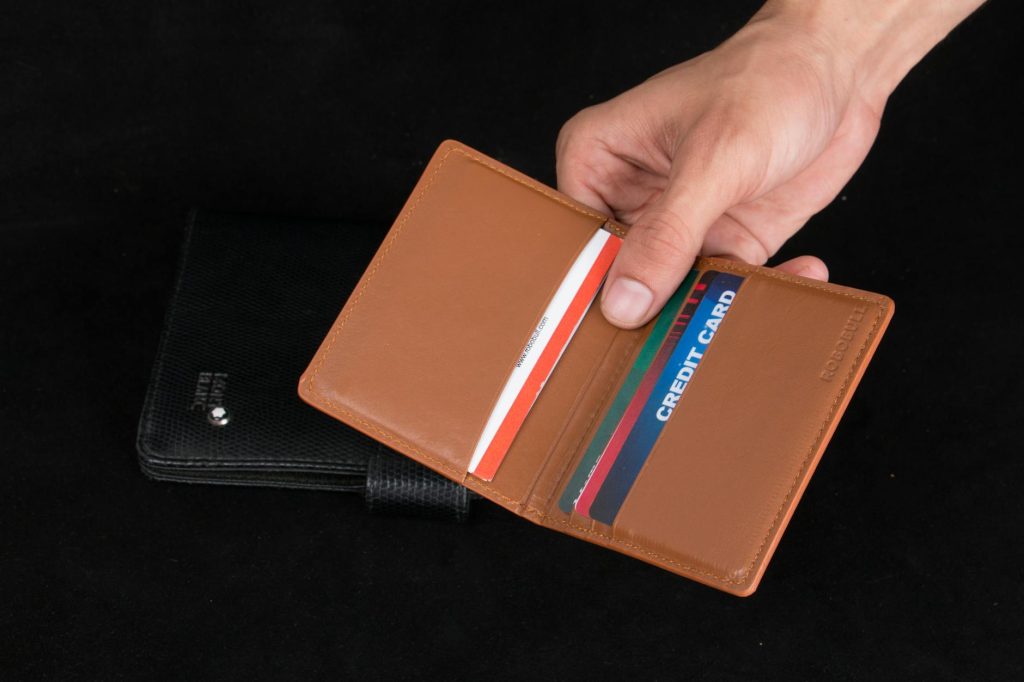
If you live with ADHD, managing money often feels like an uphill battle. Credit cards, with their instant access to funds, can make impulse spending especially hard to resist. Many people with ADHD struggle to control urges, making it easy to rack up debt without realizing it. Understanding why this happens is the first step toward regaining control. Let’s break down the connection between ADHD and credit cards, and why that swipe can feel almost automatic.
1. Executive Function Challenges
ADHD affects executive function—the brain’s ability to plan, organize, and control impulses. When you’re faced with a tempting purchase, your brain may struggle to hit the brakes. This makes it harder to pause and think before using your credit card. The instant gratification of buying something new can outweigh the long-term consequences, leading to more frequent impulse spending.
For people with ADHD and credit cards, these executive function hurdles mean budgets and spending limits can fade into the background. Even with the best intentions, it’s easy to lose track of how much you’ve spent until the bill arrives.
2. Emotional Regulation and Shopping
People with ADHD often feel emotions more intensely. Stress, boredom, or even excitement can trigger the urge to spend. Credit cards make it effortless to act on these feelings. A rough day or a burst of energy might lead to a shopping spree, with the card providing instant relief or pleasure.
Unfortunately, this pattern can become a cycle. The temporary boost from a purchase fades, leaving guilt or regret. This emotional rollercoaster is a big reason why impulse spending feels so inevitable for many with ADHD.
3. The Allure of Instant Gratification
Credit cards are designed to offer convenience, but for people with ADHD, they also offer instant rewards. The brain’s reward center lights up with every purchase, making it hard to resist buying now and worrying later. Delayed gratification—waiting for a reward—can be especially tough for those with ADHD.
Impulse spending with ADHD and credit cards isn’t just about lacking willpower. It’s about how your brain processes rewards and responds to temptation. The promise of something new or exciting can easily override the intention to save or stick to a budget.
4. Forgetting the Details
Short-term memory struggles are common with ADHD. Remembering how much you’ve already spent, or when a payment is due, can be difficult. Credit cards don’t help—they separate the act of buying from the act of paying. This disconnect can make it easier to overspend without realizing the full impact.
Many people with ADHD find themselves surprised when the credit card statement arrives. The small charges add up, and without a clear record in mind, it’s easy to lose track of them. This isn’t carelessness—it’s a real challenge tied to the way ADHD affects memory and attention.
5. Overwhelmed by Financial Systems
Managing money requires organization. Budgets, statements, and due dates—these systems can feel overwhelming for someone with ADHD. When tasks feel too complex, it’s tempting to avoid them altogether. Credit cards simplify the buying process but add layers of complexity to financial management.
This overwhelm can lead to procrastination. Bills pile up, and important decisions get delayed. The result? More late fees, higher balances, and a growing sense that impulse spending is just part of life with ADHD and credit cards.
6. Marketing Tactics and Triggers
Credit card companies and retailers know how to push your buttons. Flash sales, rewards points, and limited-time offers are designed to trigger instant decisions. For someone with ADHD, these tactics are even harder to resist. The sense of urgency and novelty can override logical thinking, leading to more frequent and impulsive purchases.
Understanding these triggers is key. Recognizing when you’re being nudged by clever marketing can help you pause and reconsider—though it’s never easy, especially when ADHD is in the mix.
Practical Steps for Regaining Control
If you’re struggling with ADHD and credit cards, know that you’re not alone. There are practical steps you can take to break the cycle of impulse spending. Start by setting up automatic payments and reminders so nothing slips through the cracks. Try using budgeting apps designed for individuals with ADHD—tools that simplify rather than complicate your finances.
Consider carrying only one credit card or switching to debit for everyday purchases. Some people find success with accountability partners or financial coaches. Small changes add up, and progress is possible.
What tricks or strategies have helped you manage impulse spending with ADHD and credit cards? Share your thoughts in the comments below!
What to Read Next…
- 7 Credit Card Features Disappearing Without Any Notice
- Are These 7 Little Expenses Quietly Costing You Thousands A Year?
- 5 Budgeting Tools That Trick You Into Higher Spending
- Are Budgeting Apps Designed To Push You Into Debt?
- Why Are More Seniors Ditching Their Credit Cards Completely?
The post ADHD and Credit Cards: Why Impulse Spending Feels Inevitable appeared first on The Free Financial Advisor.







